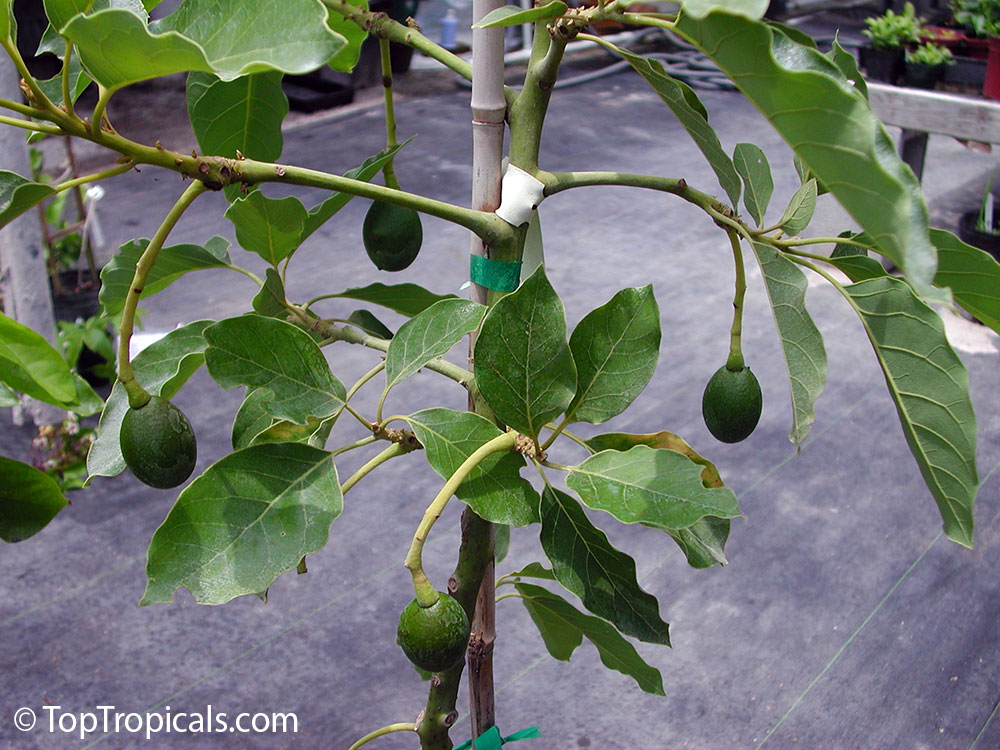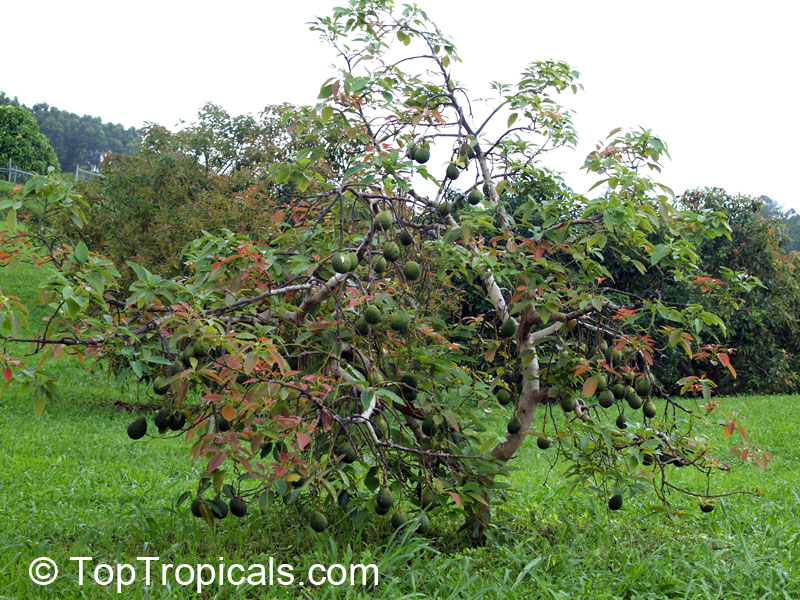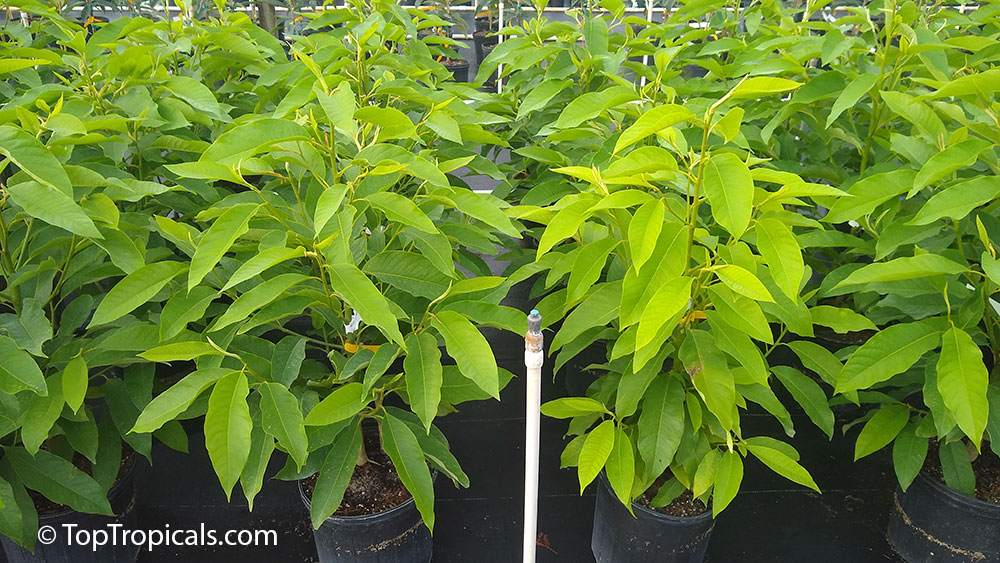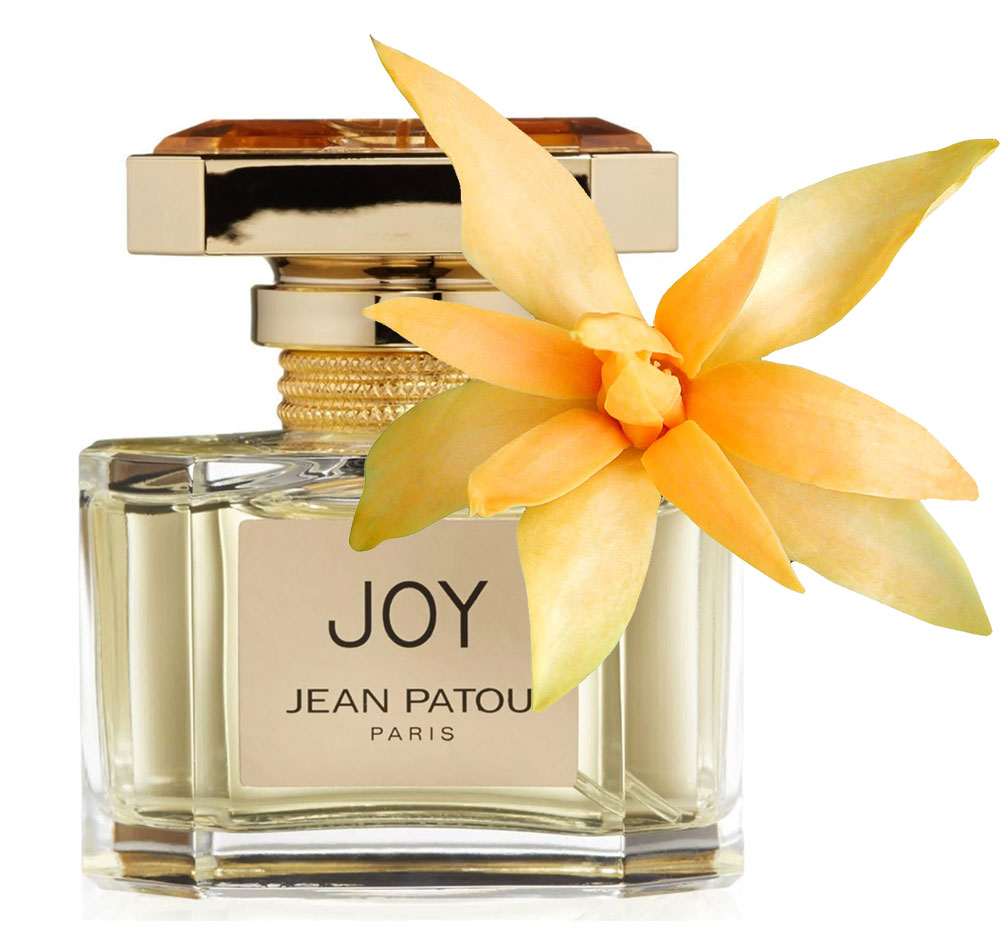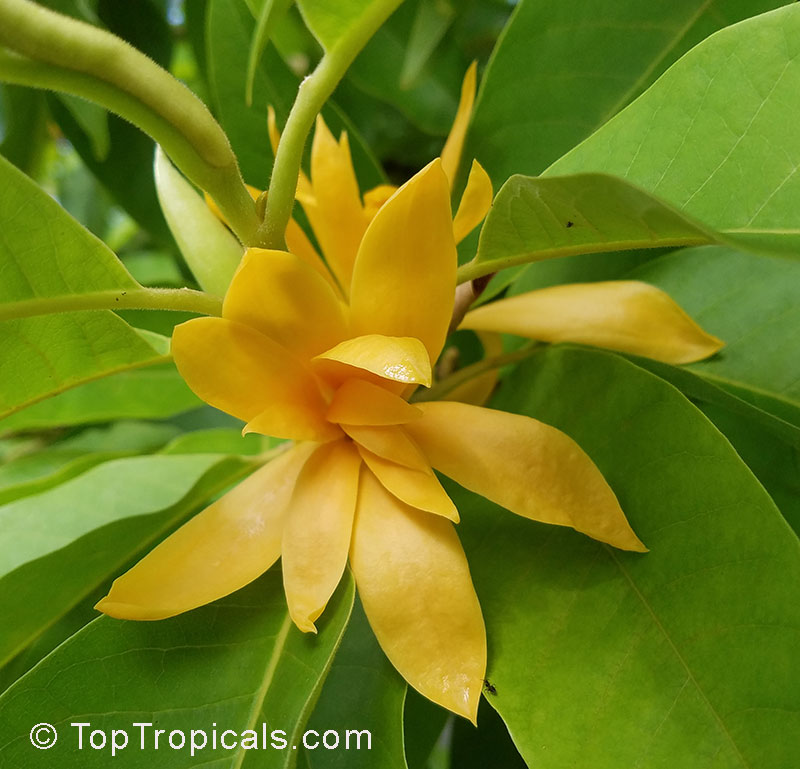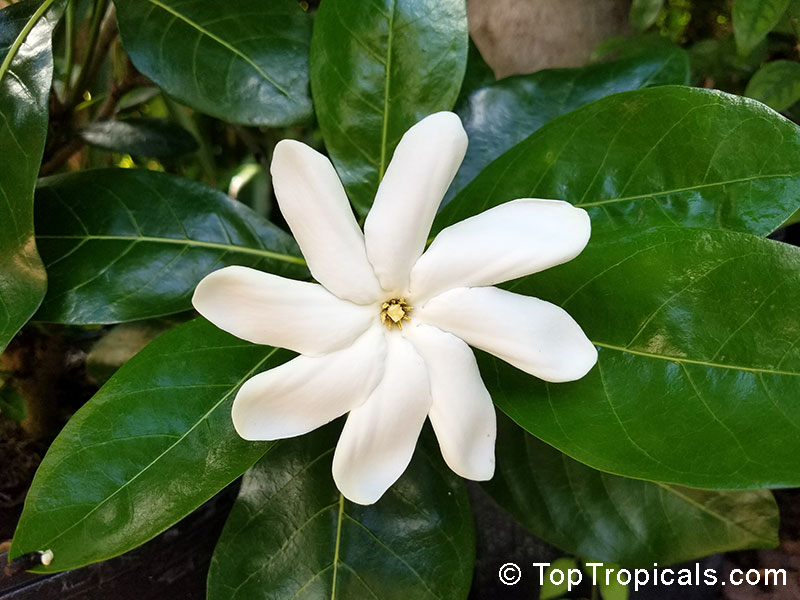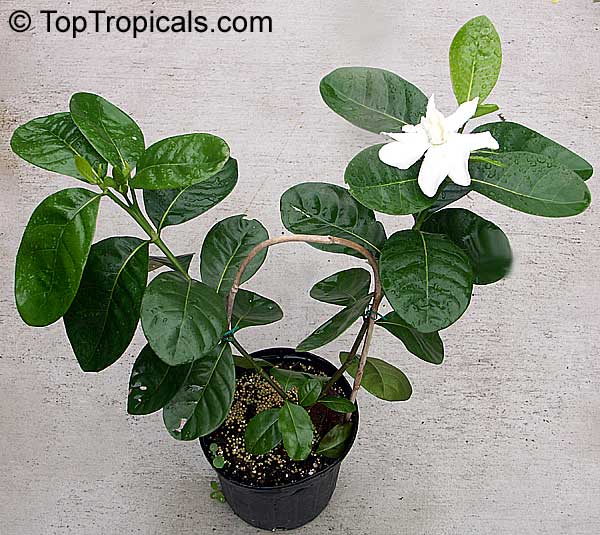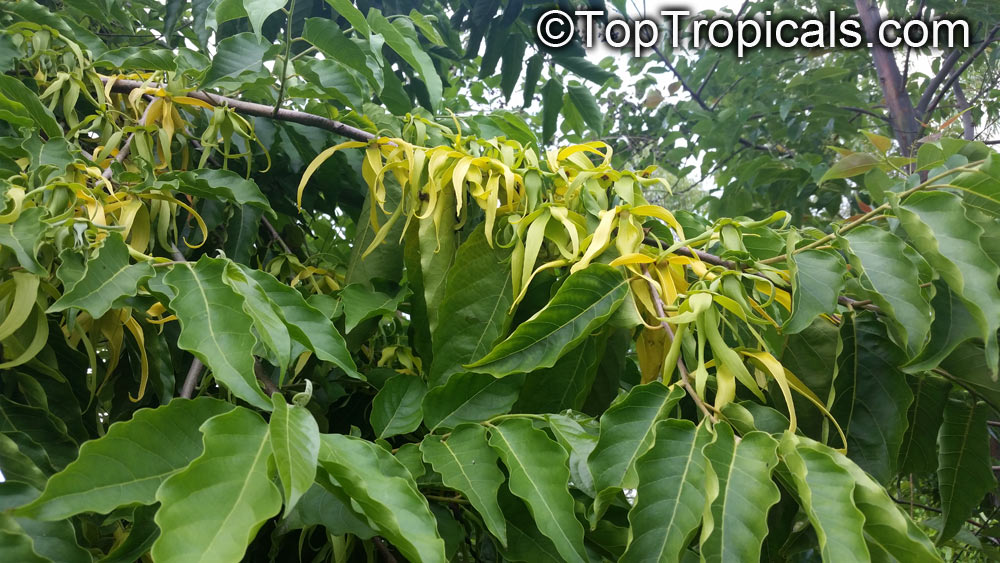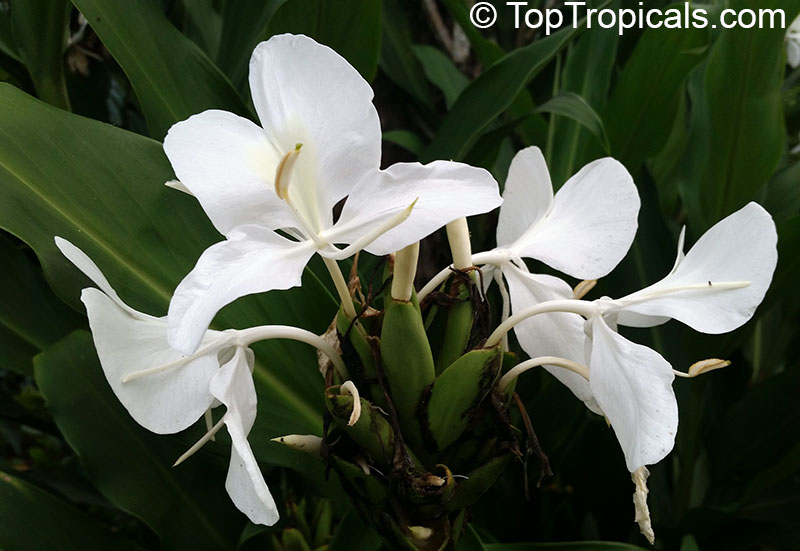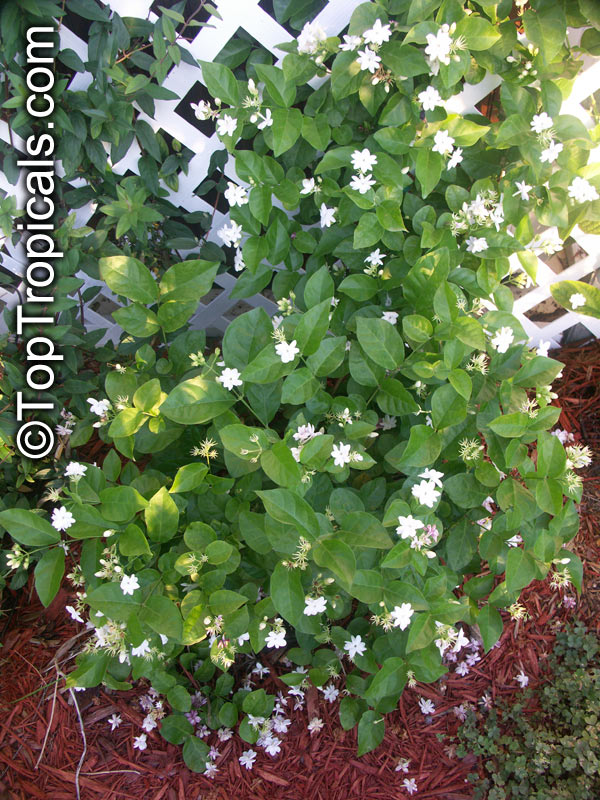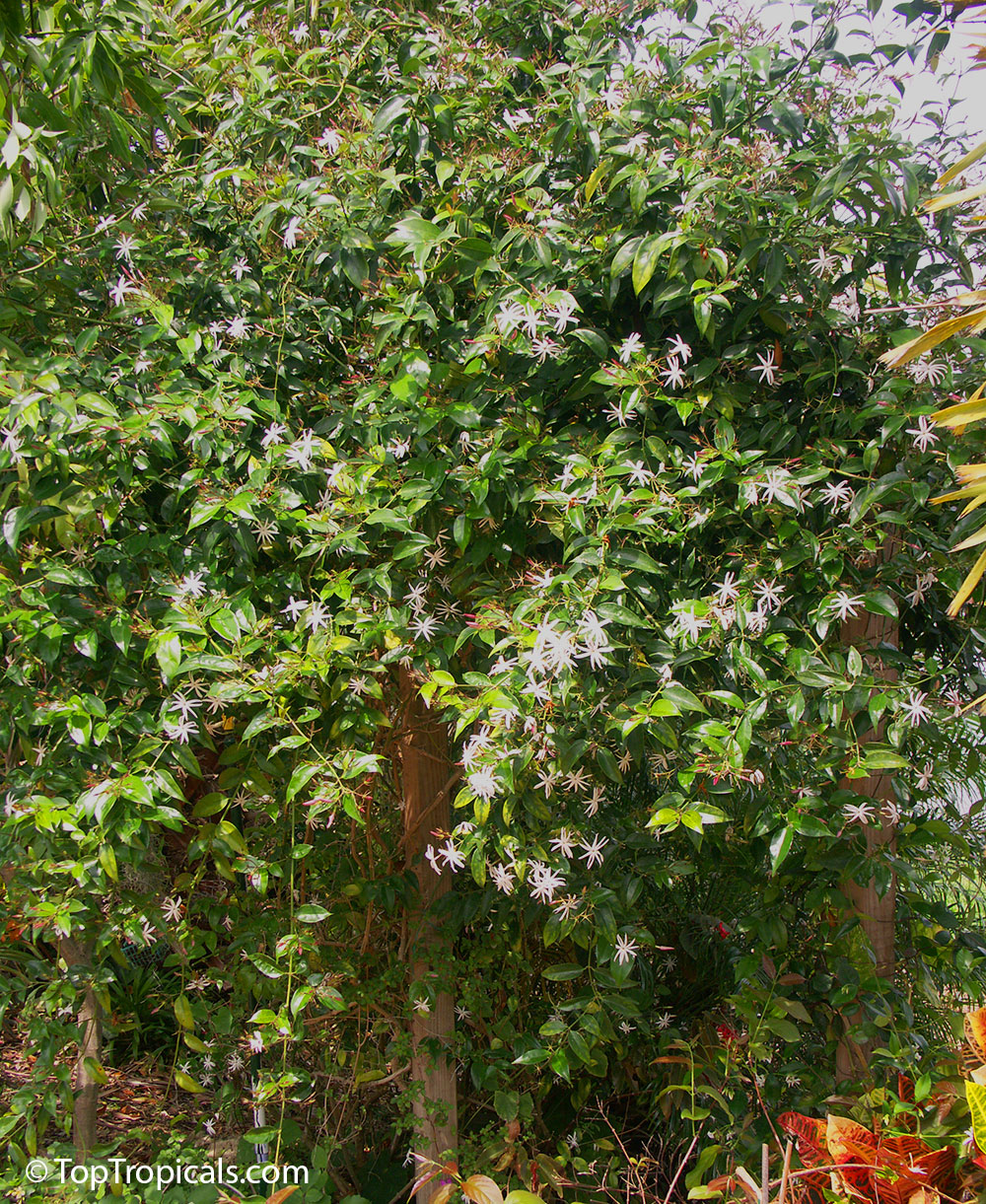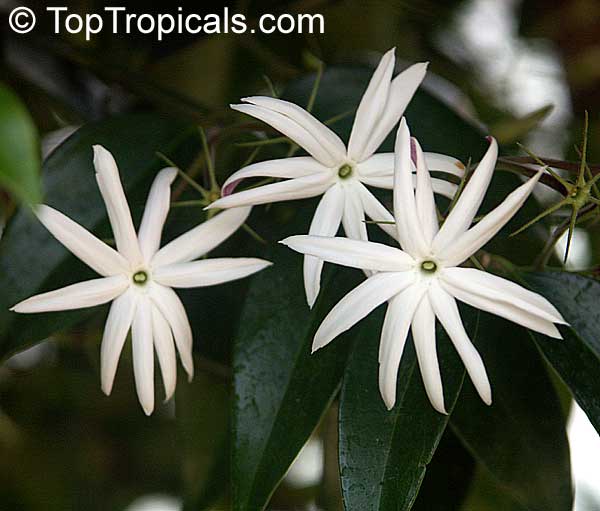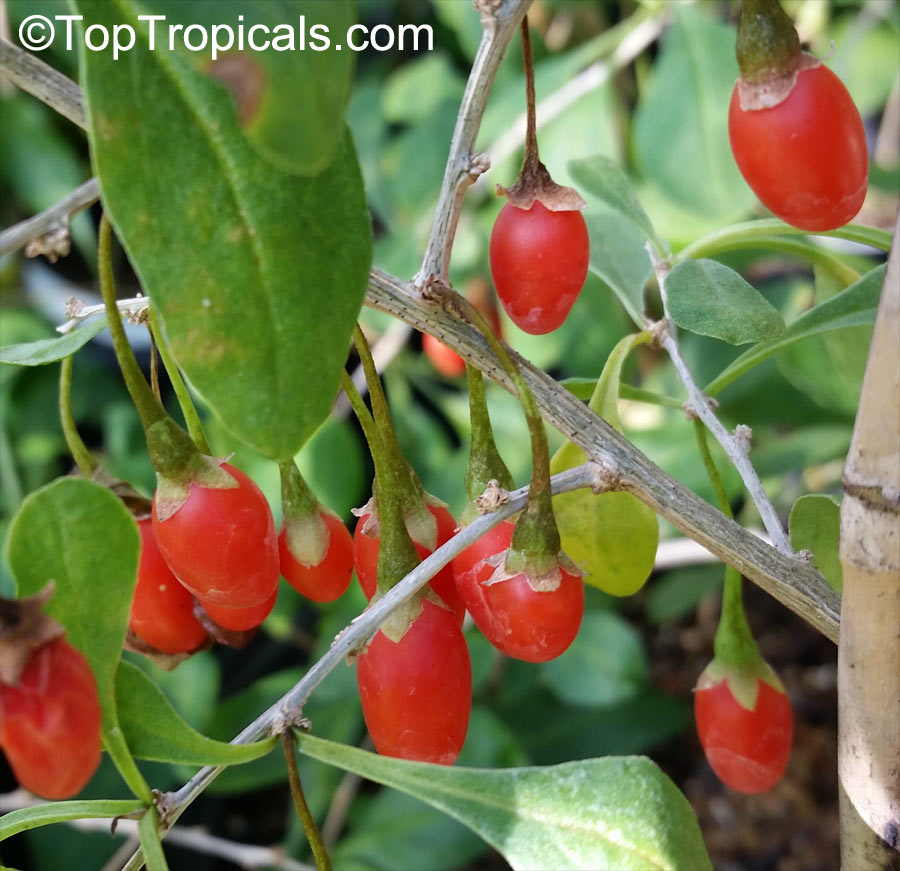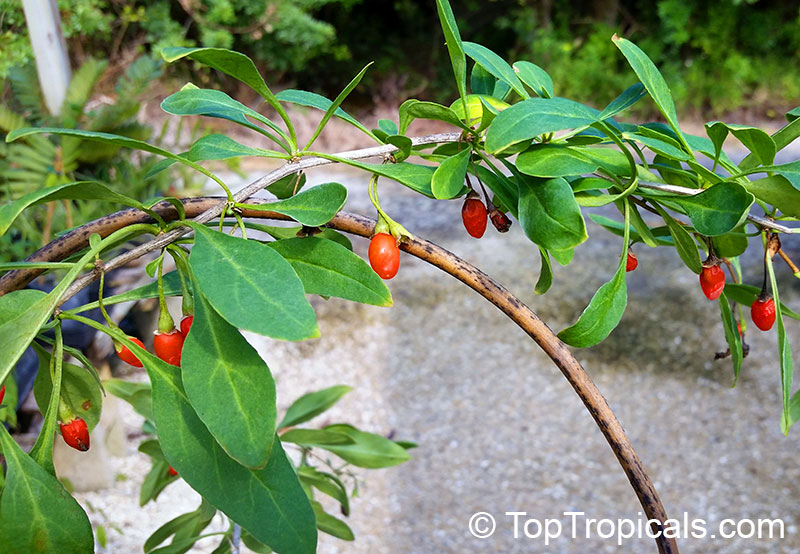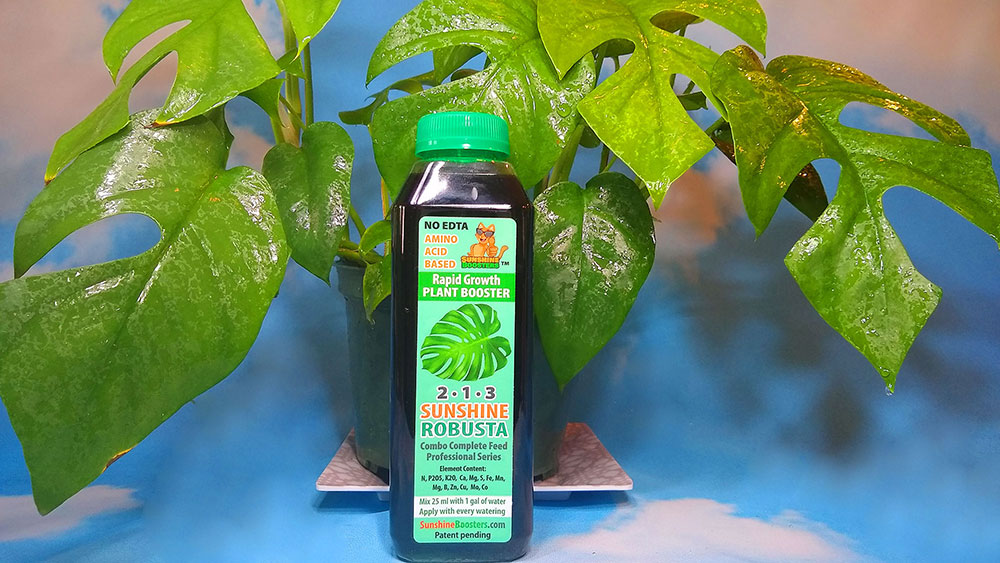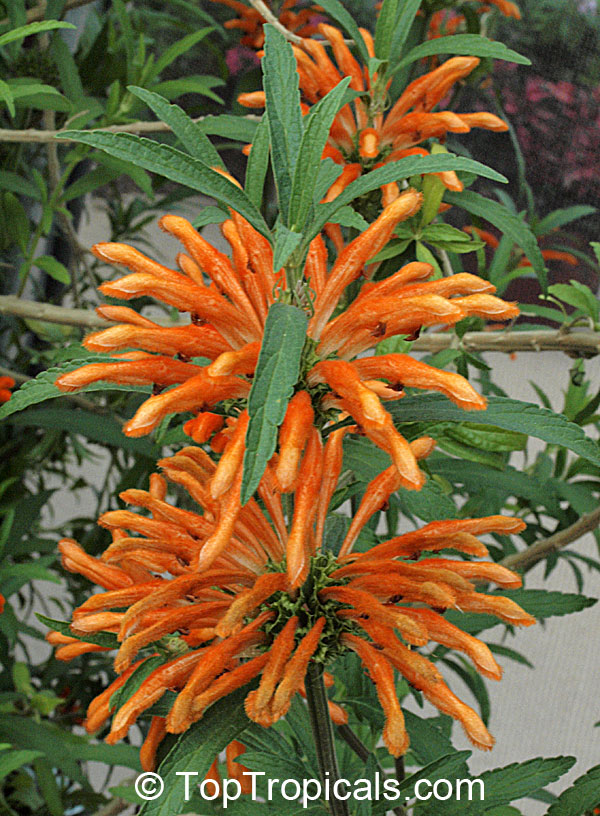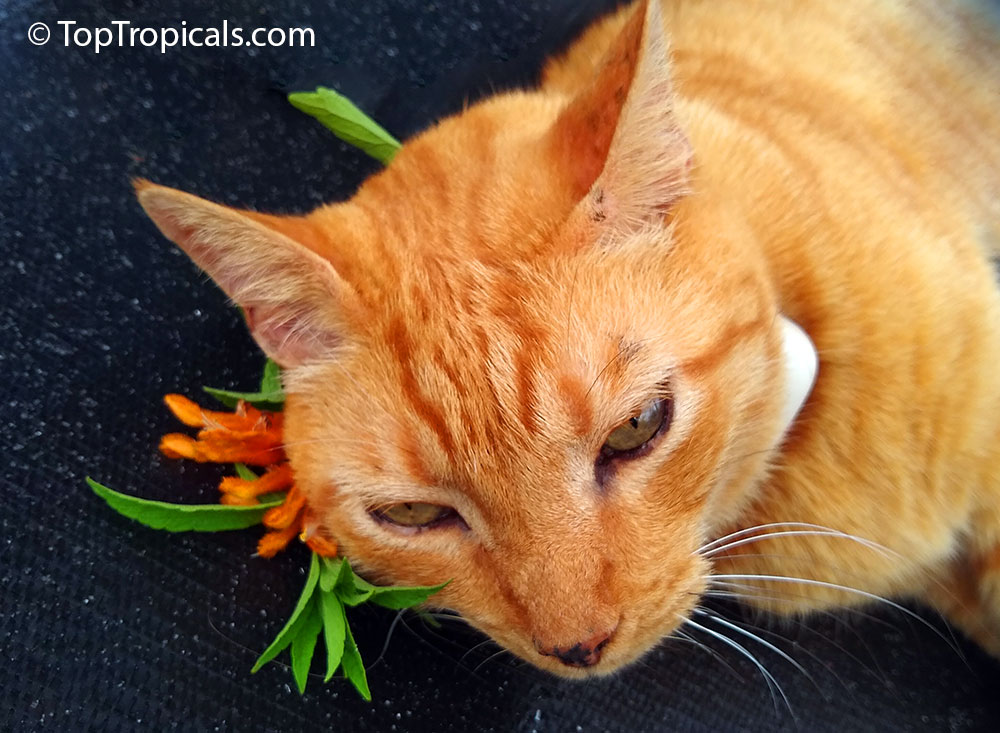Date:
Establishing Avocado tree after shipping
Q: Received my Avocado tree last week and I'm a bit concerned. Is this wilting normal with a new plant? No yellowing, or dropping of leaves. We moved it out of the sun but not sure how to handle?
A: This is normal for after-shipping stress. You did right,
position the tree away from direct sun, in shade, preferably under roof (patio?)
so it doesn't get over-watered with too much rain and you can control water
amount. We recommend to spray the leaves with pure water and put a large clear
plastic bag just over the crown (leave the soil to breath). Keep in shade.
Within couple days the leaves should perk up. Do not overwater. Water only when
the top of soil gets slightly dry. In a week or so, once the plant recovers,
you may start moving it gradually into full sun, then to its permanent spot
where you want to plant it.
Avocado is not an easy plant to establish. So be careful. It needs lots of
water, however, it doesn't like wet feet - so must be planted in a
well-drained spot, with at least 4-6" elevation (on a little "hill") so it never gets
water-logged. It needs daily water to establish and may need more than just a
sprinkler system, use additional hose water when establishing in the
ground.
